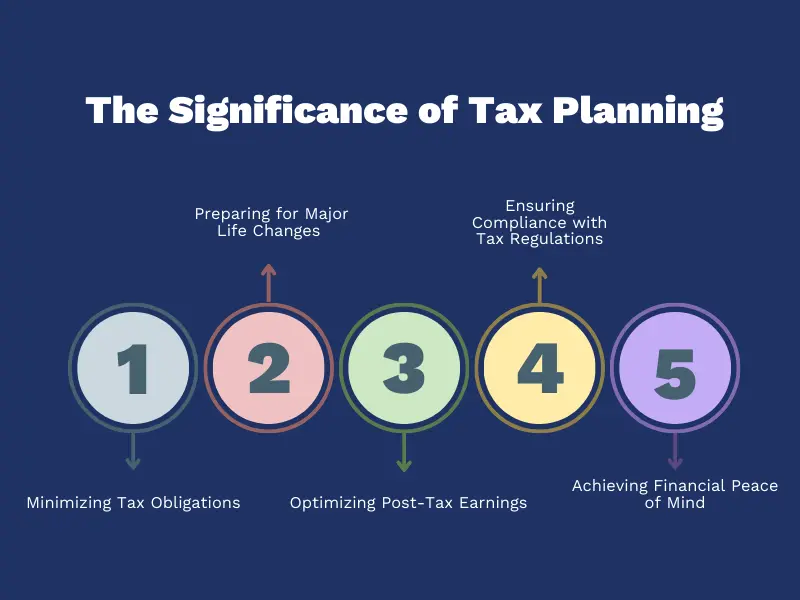As tax regulations evolve, proper tax planning becomes essential for individuals and businesses alike. The 2025 tax landscape presents both opportunities and challenges, influenced by federal tax bracket adjustments, potential legislative reforms, and strategic deductions that can help minimize tax liabilities.

Key Tax Changes in 2025
Updated Tax Brackets and Deductions
The IRS has adjusted federal income tax brackets to account for inflation, ensuring taxpayers are not pushed into higher tax brackets simply due to cost-of-living increases. In 2025, the tax brackets for single filers range from 10% for incomes up to $11,925 to 37% for incomes exceeding $626,350.
For married couples filing jointly, the highest bracket starts at $751,600. Additionally, the standard deduction has increased to $15,000 for single filers and $30,000 for married couples filing jointly, providing a crucial tax break for many households.
Alternative Minimum Tax (AMT) Adjustments
The AMT system ensures high-income earners pay a minimum level of tax regardless of deductions. In 2025, the AMT exemption amount is set at $88,100 for singles and $137,000 for married couples filing jointly, with phase-out thresholds beginning at $626,350 and $1,252,700, respectively.
Top Tax Planning Strategies for 2025
Maximize Retirement Contributions
Contributing to tax-advantaged retirement accounts like 401(k)s and IRAs remains one of the most effective ways to reduce taxable income. In 2025, the IRS has adjusted contribution limits, allowing individuals to defer more income while benefiting from tax-deferred growth.
Take Advantage of Tax Credits
Tax credits directly reduce your tax liability dollar-for-dollar, making them more valuable than deductions. Key credits for 2025 include:
- Child Tax Credit: Provides relief for families with dependents.
- Earned Income Tax Credit (EITC): Designed for low- to moderate-income workers, offering up to $4,328 for one child and $649 for filers without children.
Optimize Charitable Donations
Charitable giving remains a powerful tax planning tool. In 2025, taxpayers who itemize deductions can still deduct donations to qualified nonprofits, with some contributions eligible for deduction up to 60% of adjusted gross income.
Strategic Tax Loss Harvesting
Investors can offset capital gains by strategically selling underperforming assets at a loss. This practice helps minimize investment-related tax burdens, particularly with the ongoing volatility in financial markets.
Plan for Potential Legislative Changes
Congress is considering tax reforms, including whether to extend or modify the Tax Cuts and Jobs Act (TCJA). Potential changes could impact estate taxes, corporate tax rates, and capital gains taxes, making proactive tax planning crucial.
Looking Ahead: Secure Your Tax Strategy for 2025
Effective tax planning requires staying informed about regulatory changes and leveraging every available deduction and credit. Whether you’re an individual taxpayer or a business owner, consulting with a tax professional can help you develop a tax-efficient strategy tailored to your financial goals.
For more insights on tax planning and upcoming legislative changes, visit trusted sources such as the Tax Foundation (TaxFoundation.org) and the IRS (IRS.gov).